Using Python 3.8 for an Azure functions app in which all the functions are HTTP triggers. We have HTTP 2 enabled ...
Below is our host.json file
{
"version": "2.0",
"extensionBundle": {
"id": "Microsoft.Azure.Functions.ExtensionBundle",
"version": "[1.*, 2.0.0)"
}
}
We are sending 30 requests at the same time from the client (Angular 9) application to the server (15 are OPTIONS requests and the other 15 are GETs) and are noticing that 20 of those are handled relatively quickly but then the rest take a noticeably longer time to process. Below are two of the requests side-by-side
For the longer requests, I have verified through curl and Postman that individually they return in a much quicker period of time, which leads me to believe there is some concurrency setting on the srever I can adjust but I can't figure out where.
Edit: Here's a little more information. My anonymous function begins like the below ...
def main(req: func.HttpRequest) -> func.HttpResponse:
"""."""
logging.info("received request")
but note the times reported in the Azure log for that function when the function responds slowly ...
2020-11-17 14:29:24.094 Executing 'Functions.download-image' (Reason='This function was programmatically called via the host APIs.', Id=xxx-xxx)
Information
2020-11-17 14:29:32.143 received request
There is an 8 second delay between when I'm told the function was invoked and the first logging statement from the function. Below is what my "Scale Out" looks like ...





